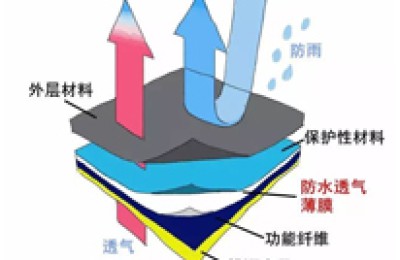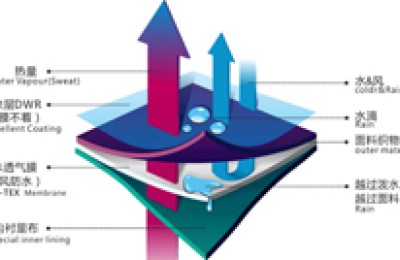According to customs statistics, in the first three quarters of this year, Shunde’s exports of clothing and clothing accessories (hereinafter referred to as “clothing”) were US$610 million, a rapid increase of 17.1% over the same period last year (the same below).
In January this year, Shunde’s clothing exports were US$96.59 million, a significant increase of 59.3%. In February, the export value fell back to US$61.09 million, and further fell to US$38.76 million in March. In April, the export value rebounded slightly, with May, June, and July , The monthly export value continued to rebound in August, with continuous year-on-year growth in the past three months. Exports in September were US$71.64 million, a year-on-year increase of 4.8% and a month-on-month decrease of 11.9%.
From the perspective of export markets, the main traditional markets are the European Union, Hong Kong and the United States, which together accounted for 62% of Shunde’s total apparel exports during the same period; exports to some emerging markets are growing rapidly.
In the first three quarters, private enterprises in Shunde were the largest export entities, exporting US$430 million in textiles and clothing, an increase of 28%, 10.9 percentage points higher than the overall level, and accounting for 70.8% of Shunde’s total clothing export value during the same period; during the same period, foreign businessmen The exports of investment enterprises were US$170 million, a slight decrease of 3.7%; the exports of state-owned enterprises were US$4.89 million, a substantial increase of 40.5%.
According to the analysis of relevant experts, the main reasons for the substantial growth in clothing exports in the first three quarters are: first, the recovery of the traditional European and American markets has promoted the recovery of demand for clothing consumer goods. At the same time, emerging markets have also been vigorously developed. In addition, starting from the fourth quarter of last year, my country has introduced a series of measures to promote stable growth of foreign trade, such as tax reductions and exemptions, accelerating export tax rebates, and increased financial support, which have significantly promoted export growth.





